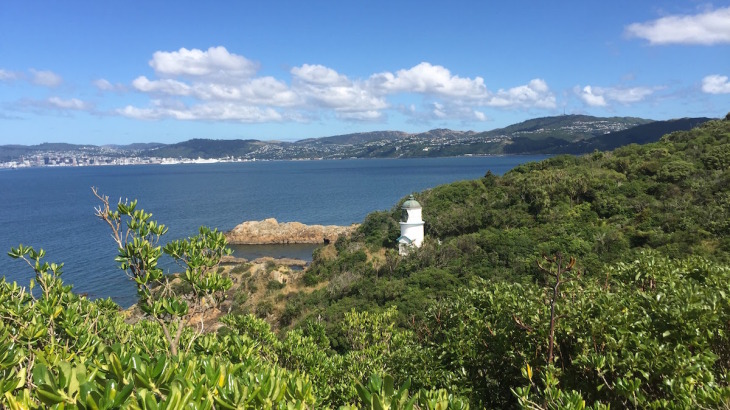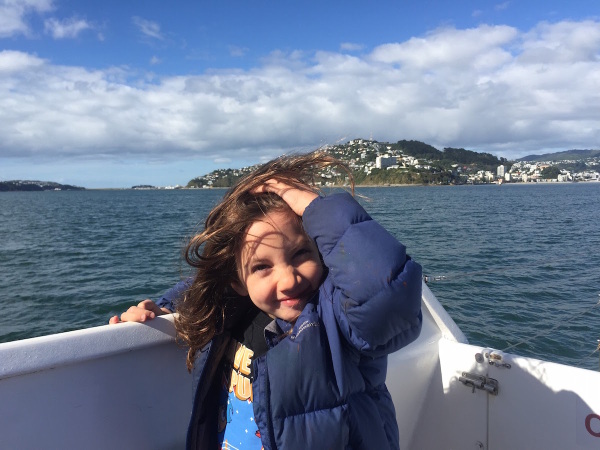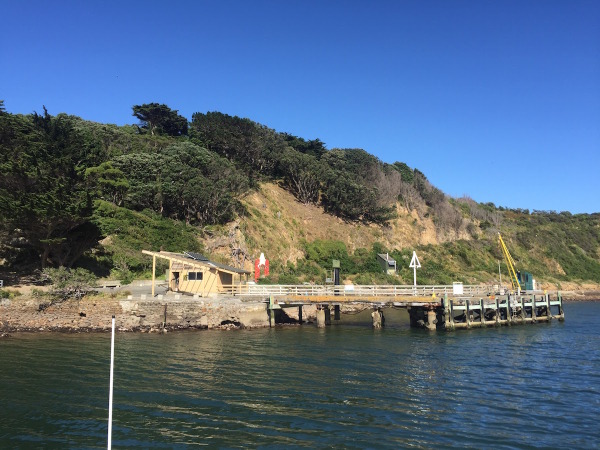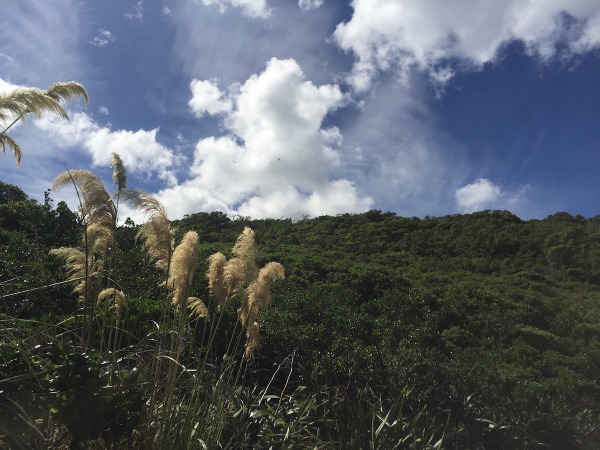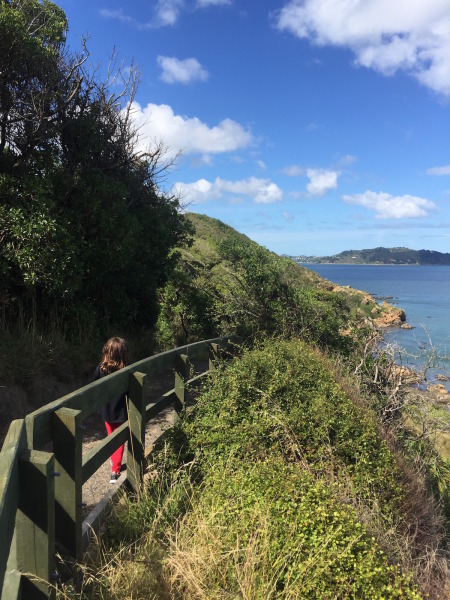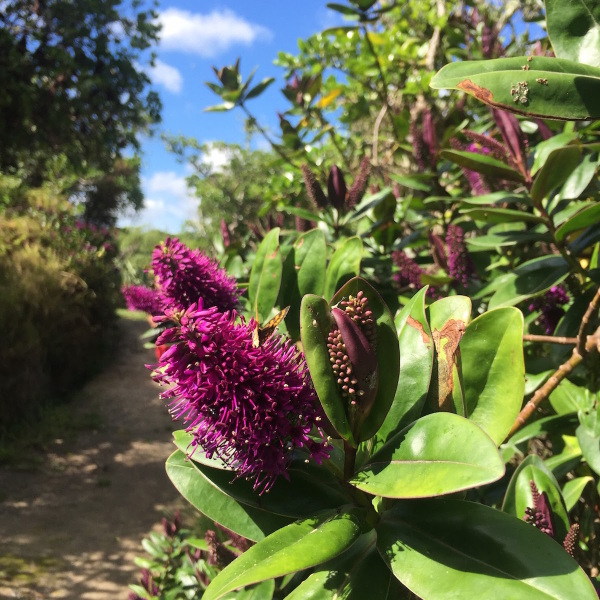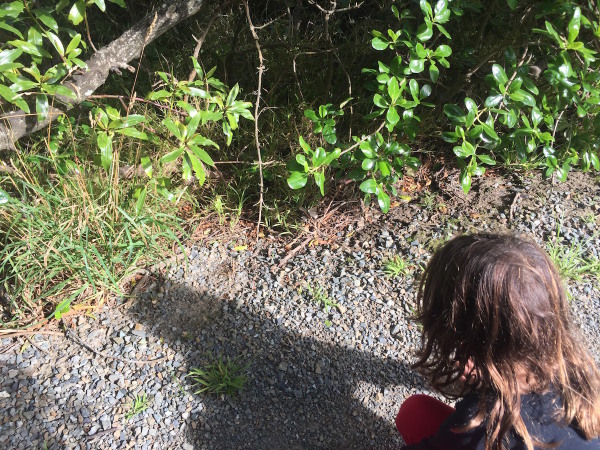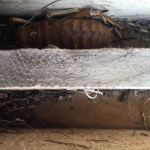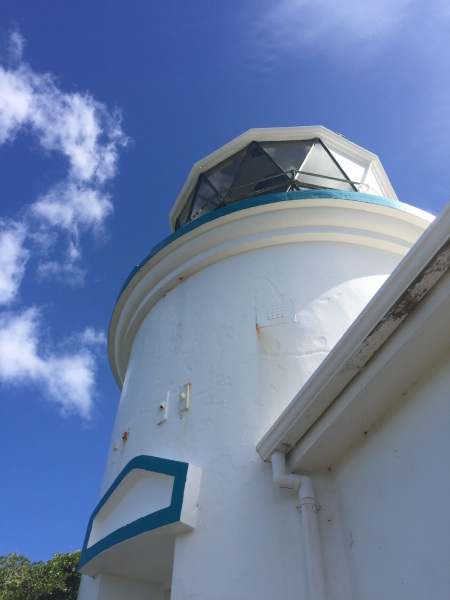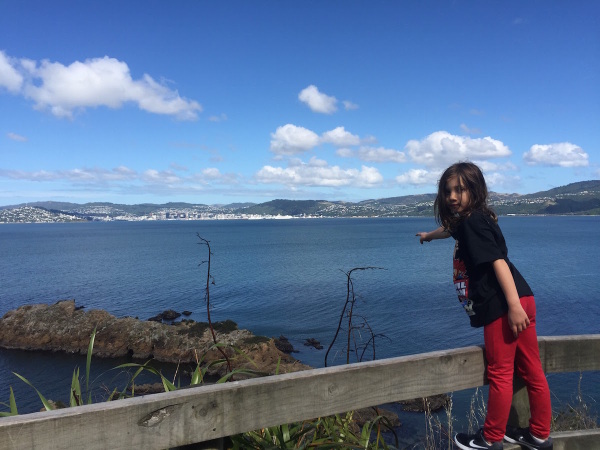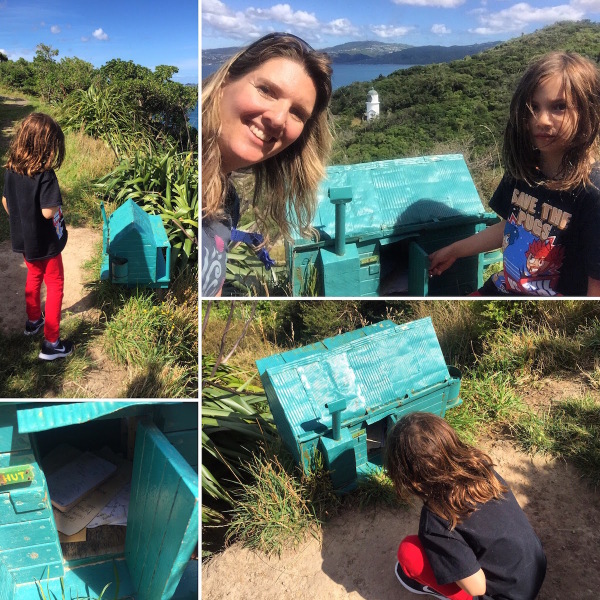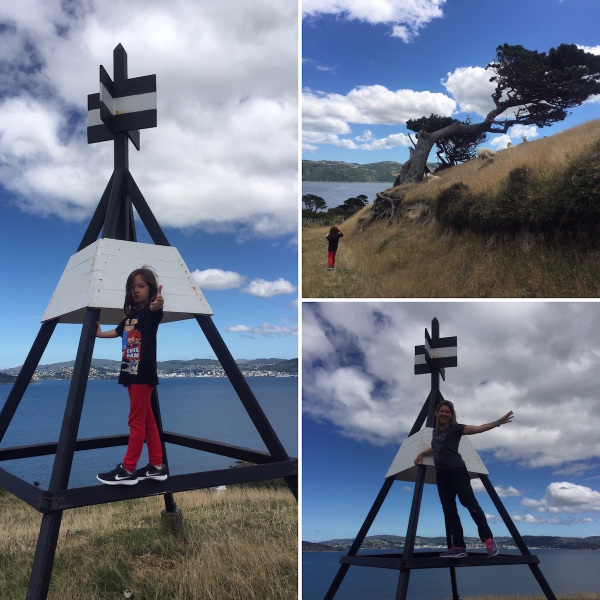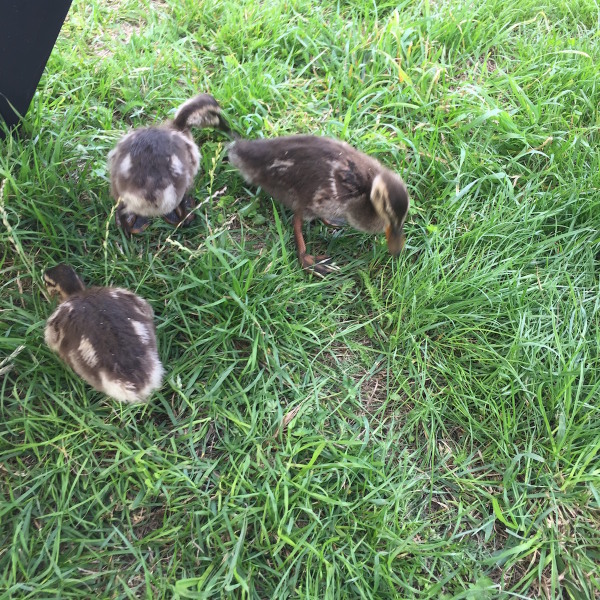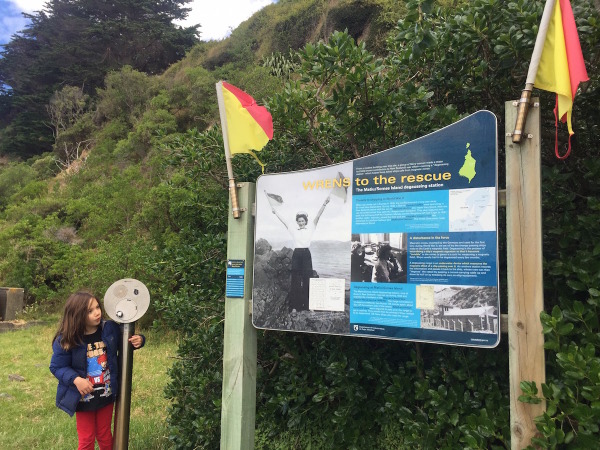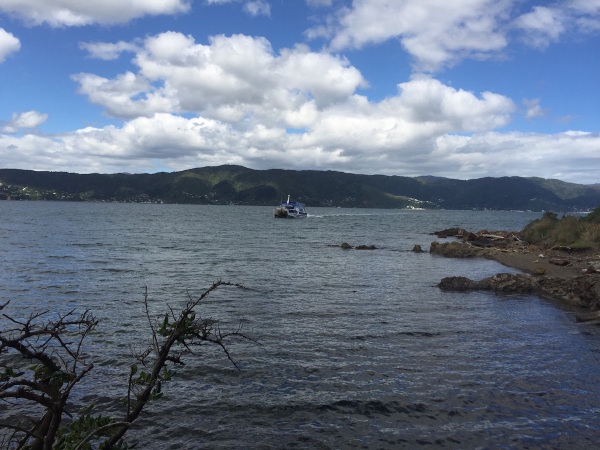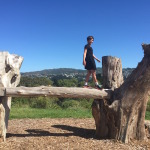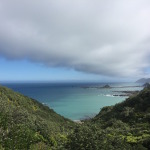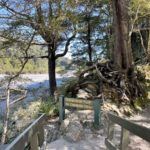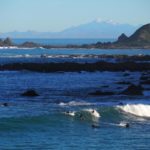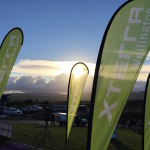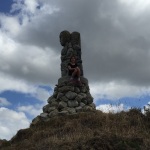In February I had the pleasure of taking a small ferry to Matiu/Somes Island, in the middle of Wellington’s harbour. Matiu/Somes Island is a predator-free scientific reserve. It is also a historic reserve with a rich multicultural history.
I took my youngest daughter with me, and joined a group of Wellington Home Educators. It was a beautiful day for a visit.
One of the Department of Conservation (D.O.C.) rangers on the island lives with his family there and they home educate their three children. It was a pleasure to meet him and talk about his work.
It has been many years since I last visited the island and it was great to see more native bush being slowly established on the island, making it more of a welcoming home for native species.
There are now Tuatara living on the island, along with various species of skink, gecko and weta. We didn’t see any Tuatara on this occasion, but other visitors to the island did. We’ve seen them at Zealandia, an amazing mainland nature reserve in Wellington – which has a predator proof fence to protect native species, and they are really fascinating.
“WÄ“tÄ have been around long enough to see dinosaurs come and go and to evolve into more than 70 different species, all of them endemic to New Zealand.” (D.O.C. – Weta: New Zealand Invertebrates)
“Tuatara are rare, medium-sized reptiles found only in New Zealand. They are the last survivors of an order of reptiles that thrived in the age of the dinosaurs.” (D.O.C. – Tuatara: New Zealand reptiles)
“New Zealand has more than 99 species of lizard. We have geckos and skinks, and 33 of our skinks are found nowhere else in the world. All native lizards are fully protected. Cats, mustelids, and rats pose a threat to all lizards.” (D.O.C. – New Zealand lizards)
- Common skink
- Weta
- Weta
We also loved seeing a number of Kakariki (New Zealand parakeet) zoom past us in a flash of bright green colour; they were too fast for me to snap a photo of with my phone camera, but delightful to see.
Alice and I started our visit on the island’s loop track, which takes around 40 minutes. The views from the island, back across to Wellington city and the surrounding harbour, were stunning.
We loved the little light house and chatted about how all the light houses used to have to have a person stationed to light them, before they could be operated remotely.
The southern look out was a beautiful spot and we were excited to find it was a ‘Toyota Kiwi Guardian‘ spot, so we took note of the special code word and registered for a medal. We still have to visit some of the other special places around Wellington to register for a few more medals! There are also some great ideas on how to take conservation action in your own backyard on the ‘Kiwi Guardian actions‘ page on the Department of Conservation’s website.
We were also delighted to come across this miniature hut (one of seven, by Kemi Niko & Co., around the city) and open the door to find lots of little notes from other passers by; of course Alice had to add her own!
We carried on around the loop track, till we reached the summit.
From the summit our walk took us on a different tangent, from nature and conservation to history and war.
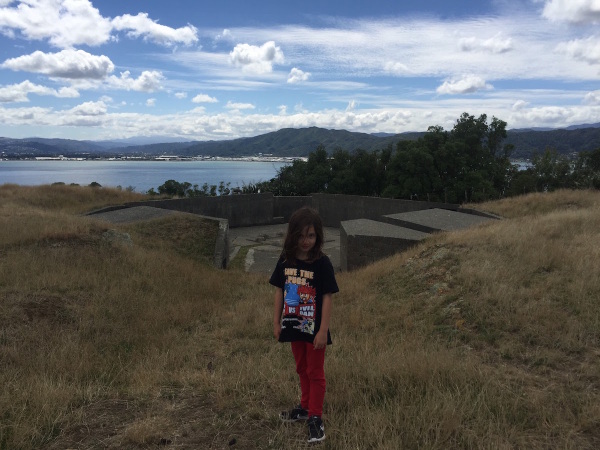
Alice in front of the gun emplacements remaining from a World War II heavy anti-aircraft artillery position .
We walked down past the former animal quarantine facility, the campsite and the bull pen, built by World War I internees on the island for the then Department of Agriculture. Of course we had to stop to admire some ducklings.
We had some time to spend before the boat came to pick us up and return us to Wellington city, so we meandered along a track near the wharf, finding a fascinating historic exhibition, marking the site of a former degaussing station, with recorded interviews with someone that had worked on the island, for the Woman’s Royal Navy Service in World War II, powered by turning a handle a few times.
We finished our time on the island fossicking on the beach before returning on a boat mid-afternoon.
It was a great visit and Alice loved interacting with fellow members of the home educating community in Wellington, as well as enjoying the nature, scenic wonders and history.
